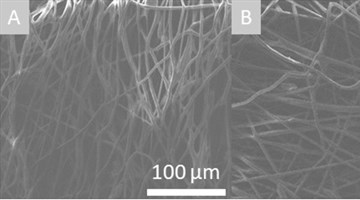TOMSK, Sep 5 – RIA Tomsk. Scientists of Tomsk Polytechnic University (TPU) developed a technology for protecting optical
fibers from biomolecules in living environments; technology will allow to use
optical fiber to create biosensors implanted in a human body, the press office
of the university said on Wednesday.
It is specified that the researches in the field of
surface plasmon resonance, which allow to create a protective layer on the
surface of optical fibers researchers of TPU carried out together with colleagues
from University of Chemistry and Technology (Czech Republic) and University of
Minnesota Duluth (USA). The results of the research were published in the
high-ranking journal Advanced Materials Interfaces.
"TPU scientists together with colleagues from the
Czech Republic and the US suggested a new way to change the surface of optical
fibers to prevent undesirable contact with biomolecules in living environments
... Thanks to the effect of surface plasmon resonance and iodonium salts,
scientists managed to create the finest protective shell on the fibers", –
is said in the message.
It is explained that optical fiber – threads made of
quartz glass, on which the signal is transmitted by light, has been actively
used in biomedicine in recent years. On their basis are created detectors
implanted into the human body, capable,
in particular, of measuring the amount of sugar in the blood in diabetes. But
the fibers are very active and interact with various chemicals, for example,
proteins.
© с сайта ТПУ
"(Proteins) stick around the surface (of fibers)
and do not allow to transform a signal ... We sprayed a thin layer of gold onto
the fiber, then light was directed through it, under its action the plasmon
resonance is excited in a gold film. This leads to the decomposition of the
iodonium salt and the formation of highly active particles on the surface of a
fiber – organic radicals", – the press service quotes the co-author of the
development of Pavel Postnikov.
Active radicals attack the surface of the fiber and
create a strong covalent bond with it. The resulting new layer is very stable
and does not interact with other molecules. Iodonium salts make it possible to
form on the surface of the fiber strictly one layer of active compounds. And if
the size of the fiber itself is several microns, then the resulting inactive
layer is only 0.2 nanometers, – emphasizes Postnikov.
"(This method) can be used in the creation of
organic electronics, when there will be a need, for example, to make the
surface of devices inert to impurities", – explains Postnikov.